Solar pillar
Reflections of the Sun
At sunrise, when the atmosphere is cold, you can sometimes see a solar pillar, a vertical column of light.
A solar pillar is a reflection of the rising sun in the needles of ice, falling gently, dead leaf to the ground. This remarkable optical phenomenon around the Sun is due to the vertical beams of light from the top and base of the Sun when it is low on the horizon (between 6 and 20 degrees).
If ice crystals are oriented parallel to each other fell, refracted rays combine to produce intense bright spots on either side of the Sun.
The solar pillars will not last long and they can see just before they dissipate into the twilight of becoming a darker setting sun.
The pillars of light are visible above the Sun, even after its disappearance behind the skyline.
A distinction is sometimes more columns that converge towards the sun already set.
The solar pillar may appear under the sun, especially if the viewer is at a high altitude.
These vertical columns of light can also be formed around the moon.
This beautiful sunset is adorned with a luminous column semblance link between heaven and earth.
Image: Photograph of Lake Norman, North Carolina (USA). At sunset, the cold air, ice crystals suspended reflect sunlight, forming a vertical column of light, called solar pillar. The red light of sunset illuminates the benches and Cirrus Altocumulus orbiting above. Image Therry Holdsclaw.
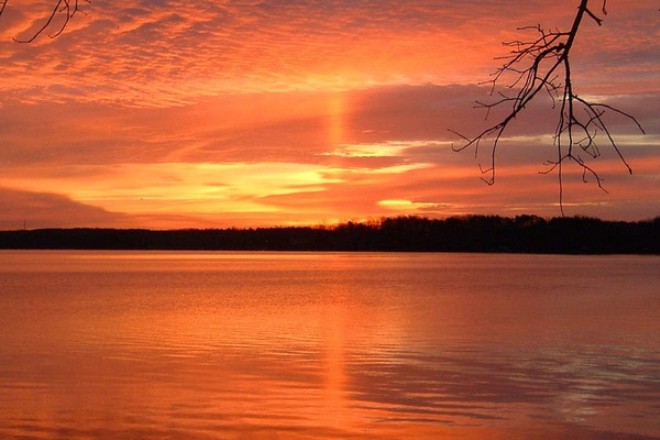
Twilight shadows
What could cause these black spokes?
It's an amazing phenomenon that creates these familiar shadows.
These rays originate from dark spectacular west of Lake Michigan, this image was taken in July 2010 from Pentwater, Michigan, USA.
These are the clouds near the horizon, tinged with red that block sunlight, resulting in prolongation of their unusual dark columns converging into the sunset.
The sunlight will reflect in the air behind the cloud, which makes this air column unusually dark.
These shadows of clouds are just the complement of crepuscular rays, these gaps quite common in the clouds where sunlight rushes.
We see in this picture few rays crepuscular.
The colors of the sunset when the sun is low on the horizon are due to light rays that pass through a thicker atmosphere to the horizon and vertically.
Sometimes, opposite the Sun in the east, one can also observe anti crepuscular rays.
This phenomenon is also called the arch anti twilight, or girdle of Venus.
Image: Photograph of Lake Michigan. Credit & Copyright: Kurt Voigts
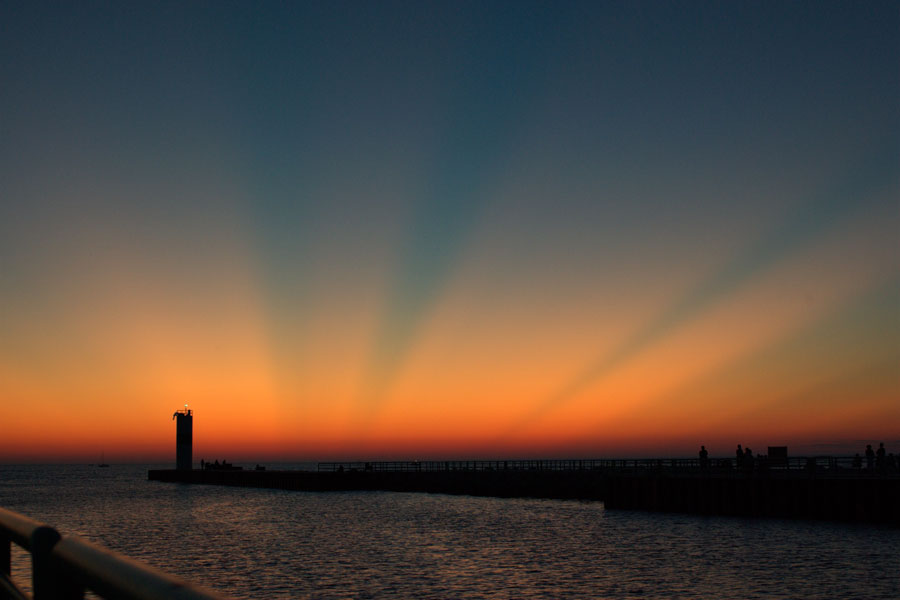
Articles on the same theme
1997 © Astronoo.com − Astronomy, Astrophysics, Evolution and Ecology.
"The data available on this site may be used provided that the source is duly acknowledged."
How Google uses data
Legal mentions
English Sitemap − Full Sitemap
Contact the author
 Sprites and Cosmic Rays: The Ghostly Lightning of the Atmosphere
Sprites and Cosmic Rays: The Ghostly Lightning of the Atmosphere 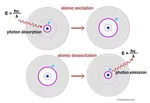 Principle of
absorption and emission of a photon
Principle of
absorption and emission of a photon  The Femtosecond Laser: From Ultra-Short Time to Extreme Power
The Femtosecond Laser: From Ultra-Short Time to Extreme Power  The World of Color
The World of Color 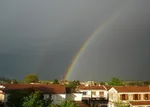 The colors of the rainbow
The colors of the rainbow  The Nature of Light
The Nature of Light  Plasma Lamp and Field Concept
Plasma Lamp and Field Concept  What is Vantablack?
What is Vantablack?  Michelson-Morley Experiment
Michelson-Morley Experiment  Redshift calculation (z)
Redshift calculation (z) 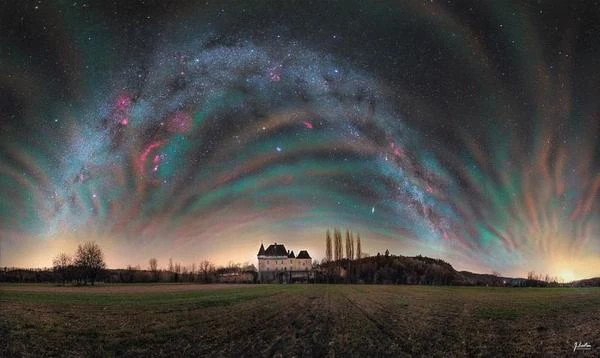 Spectacular airglow in France
Spectacular airglow in France  Light, all the light of the spectrum
Light, all the light of the spectrum 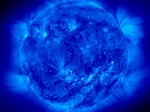 The spicules of the Blue Sun
The spicules of the Blue Sun 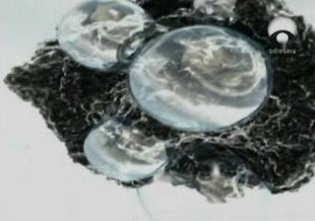 Global dimming
Global dimming  The Speed of Light: A Universal Constant
The Speed of Light: A Universal Constant  The Universe of X-rays
The Universe of X-rays 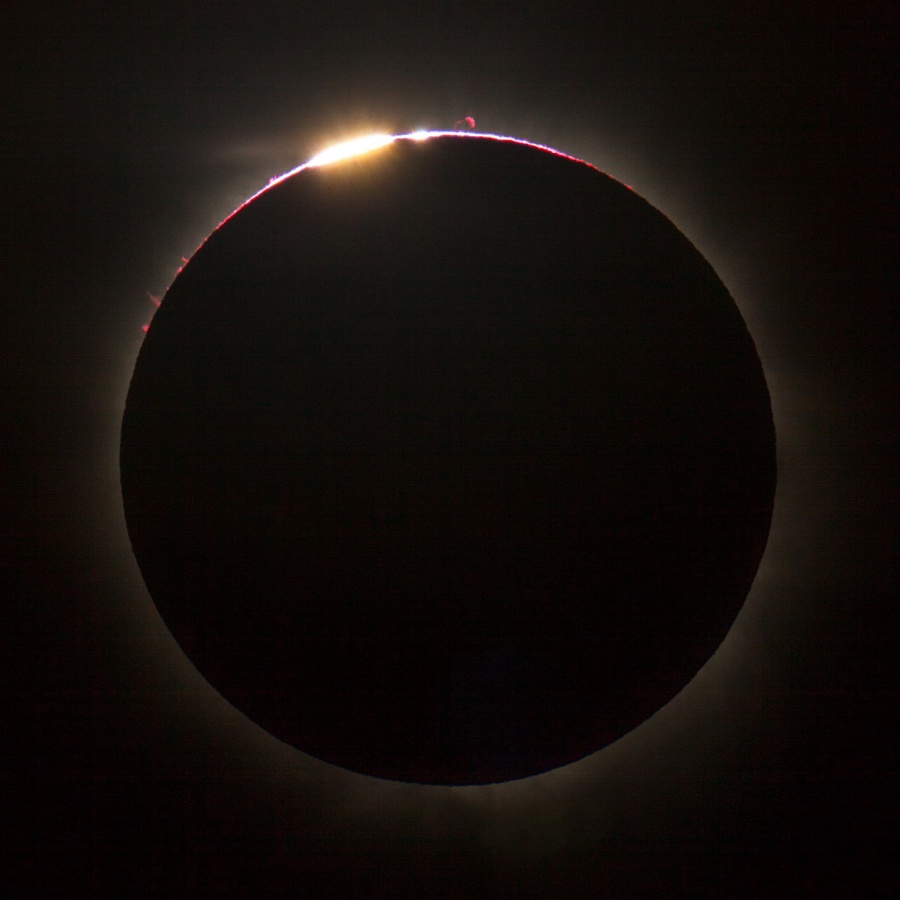 Diamond rings above the Pacific
Diamond rings above the Pacific 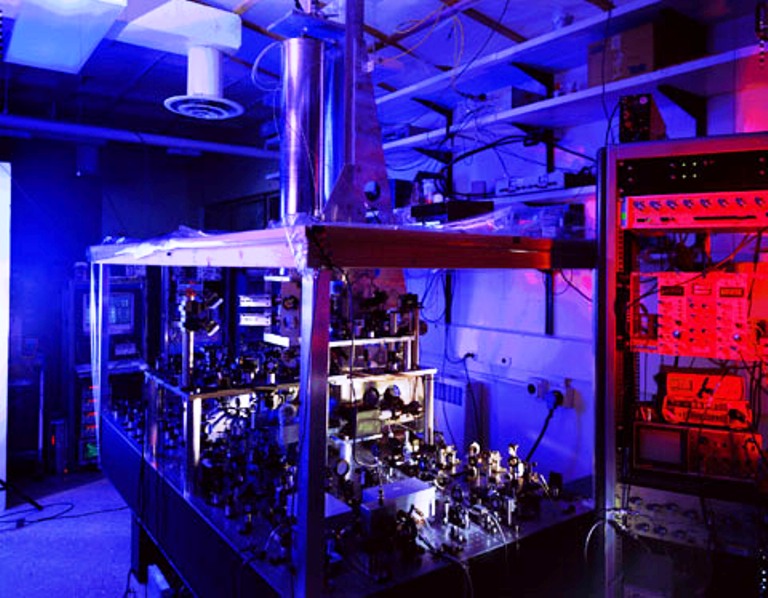 The incredible precision of the second
The incredible precision of the second  Effects of light aberration
Effects of light aberration 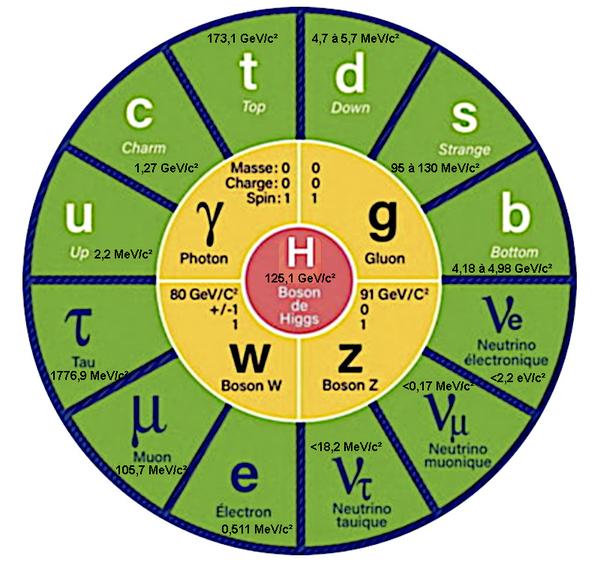 Why do elementary particles have no mass?
Why do elementary particles have no mass?  The shadow of the black hole
The shadow of the black hole 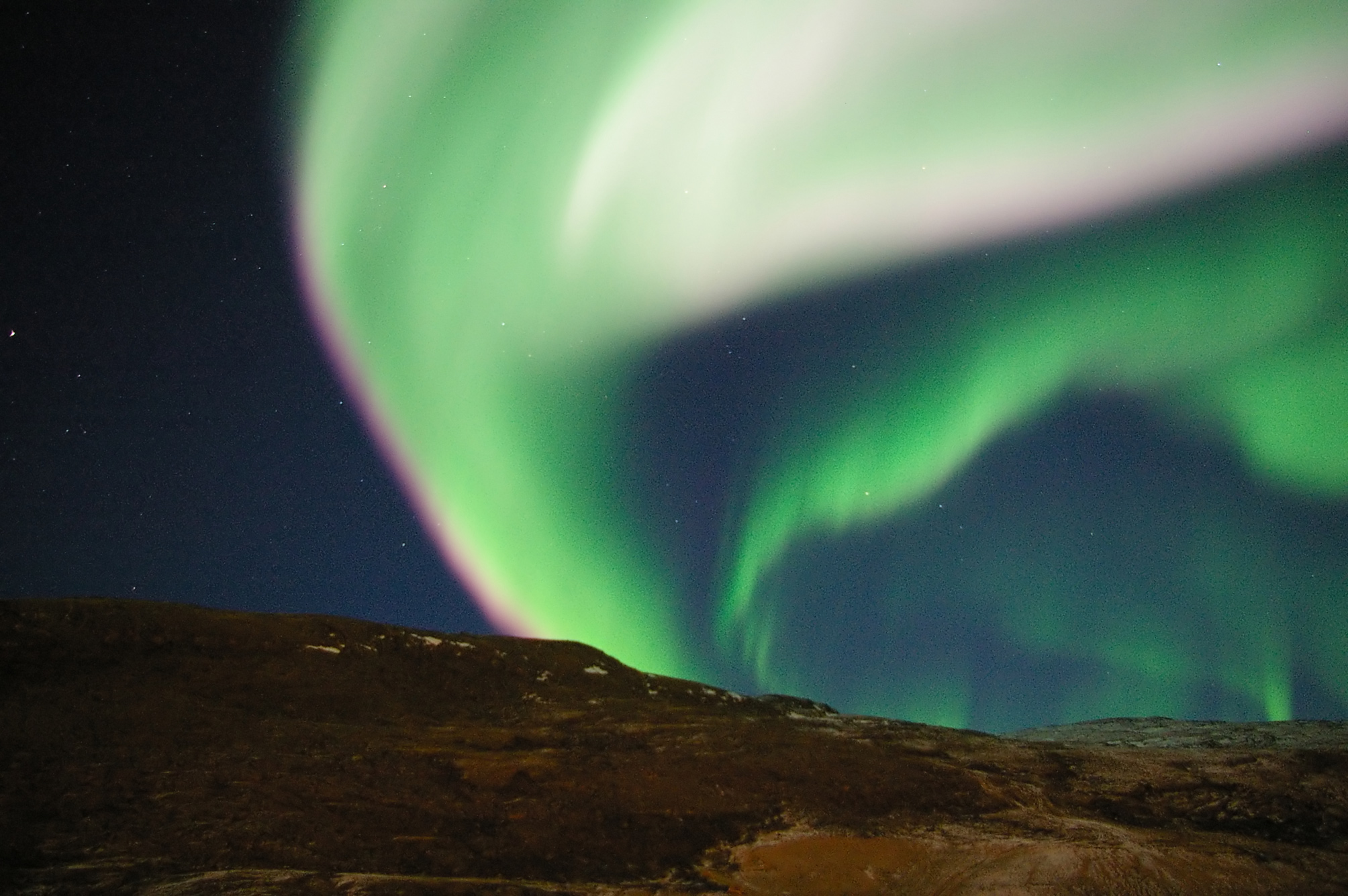 Dawn and its rays of light
Dawn and its rays of light  Blue Moon or Ice Moon: Understanding These Lunar Phenomena
Blue Moon or Ice Moon: Understanding These Lunar Phenomena 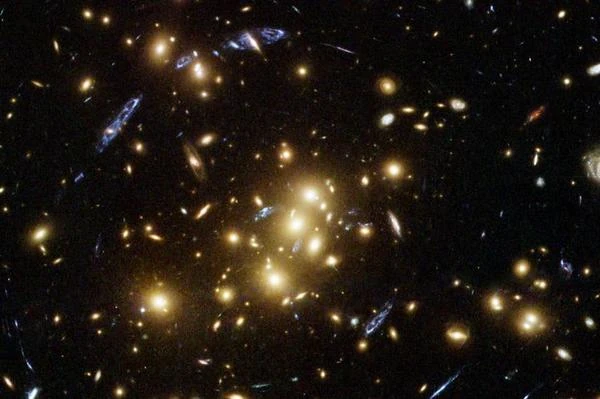 Gravitational Mirage: From Einstein's Theory to Astronomical Observations
Gravitational Mirage: From Einstein's Theory to Astronomical Observations 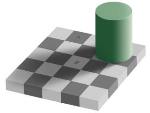 The incredible illusion of the same color
The incredible illusion of the same color 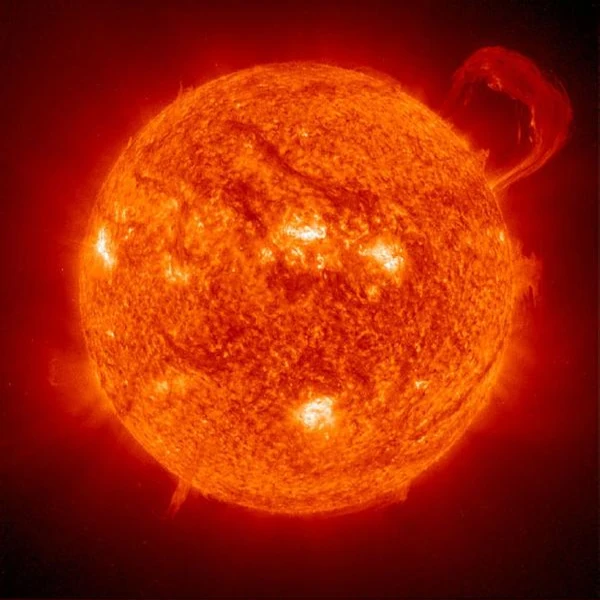 Perfect storm and devastating effects
Perfect storm and devastating effects 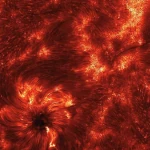 Traveling Light: How a Photon Leaves the Sun to Reach Earth?
Traveling Light: How a Photon Leaves the Sun to Reach Earth? 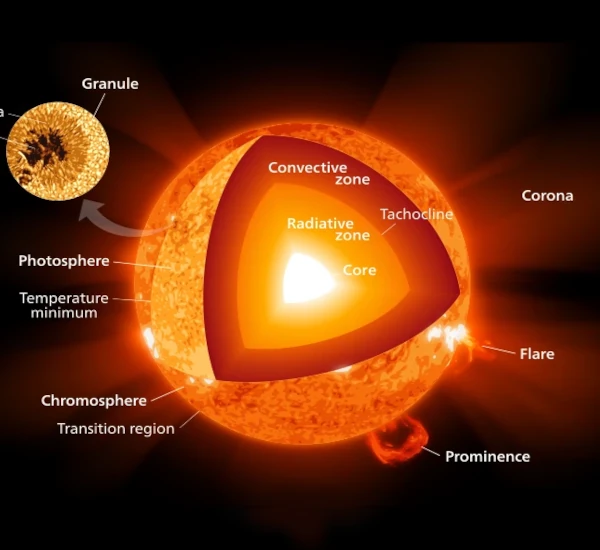 The power of the Sun
The power of the Sun 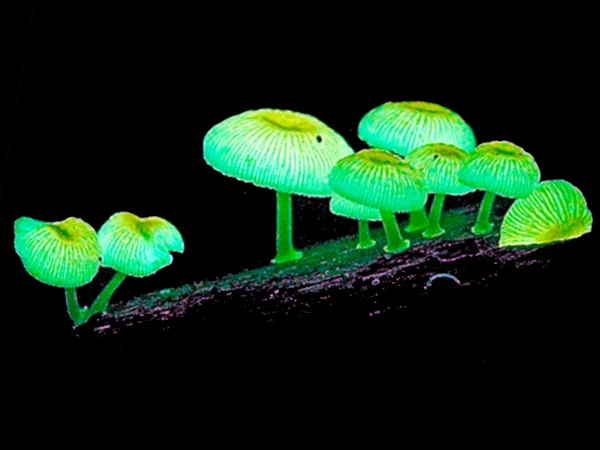 Bioluminescence of living organisms
Bioluminescence of living organisms 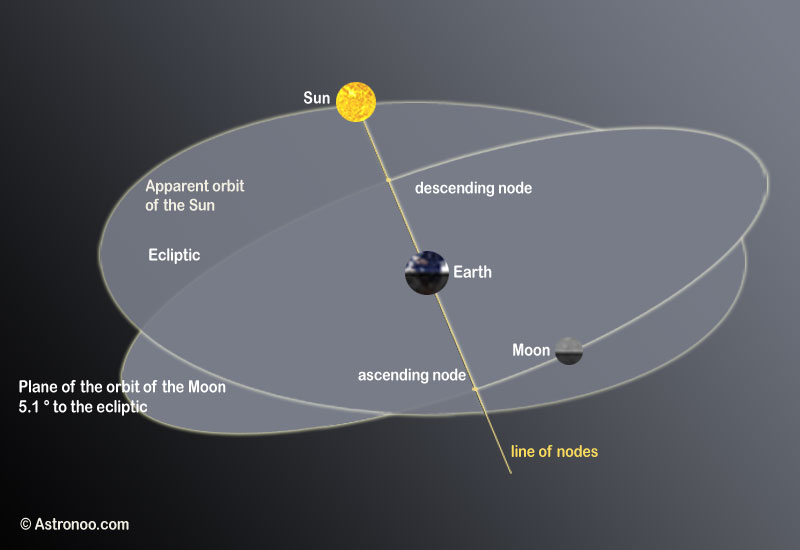 Eclipses explained by the plane of the orbit
Eclipses explained by the plane of the orbit 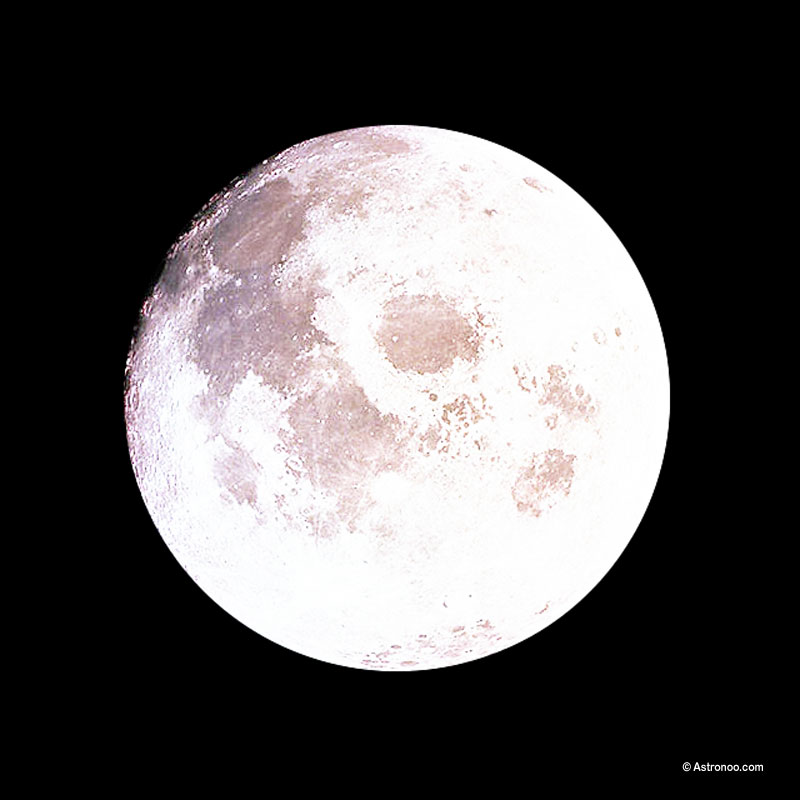 Super Moon
Super Moon  Laser light
Laser light  We do not see with our eyes but with our brain
We do not see with our eyes but with our brain 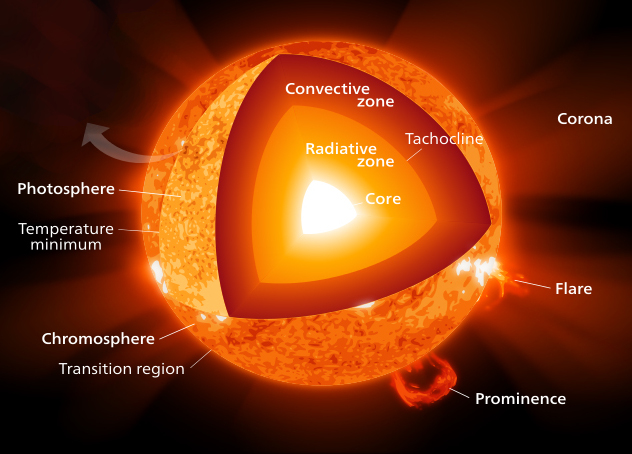 Differences between heat and temperature
Differences between heat and temperature 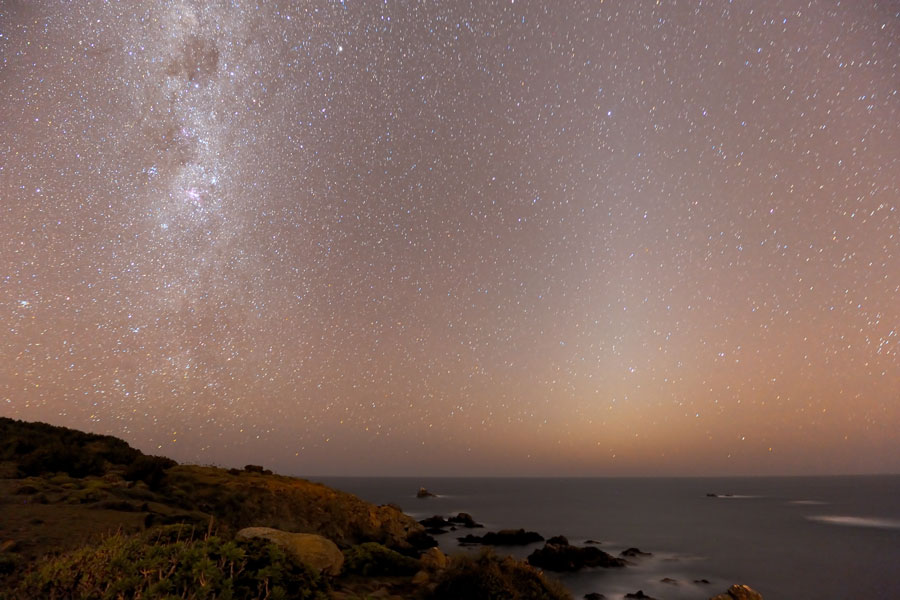 Zodiacal light, the diffuse white glow
Zodiacal light, the diffuse white glow  Explanation of the 8 of the analemma
Explanation of the 8 of the analemma  The Antitwilight Arch: Earth's Shadow
The Antitwilight Arch: Earth's Shadow  How many photons to heat a cup of coffee?
How many photons to heat a cup of coffee?  Spectroscopy: A Key to Analyzing the Invisible World
Spectroscopy: A Key to Analyzing the Invisible World 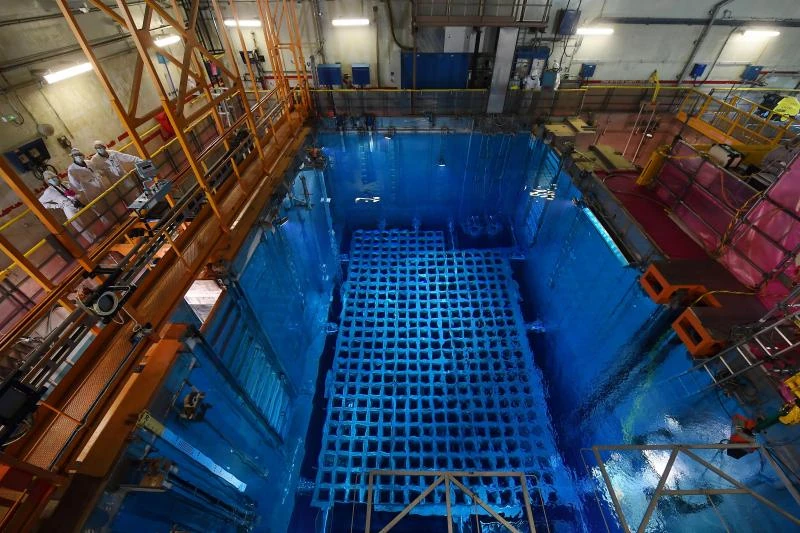 The Cherenkov light
The Cherenkov light 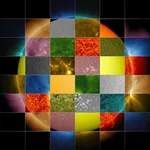 The lights of the Sun
The lights of the Sun  What is a Wave?
What is a Wave? 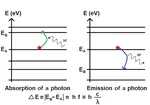 Planck's equation and black body light
Planck's equation and black body light  Energy Conservation
Energy Conservation